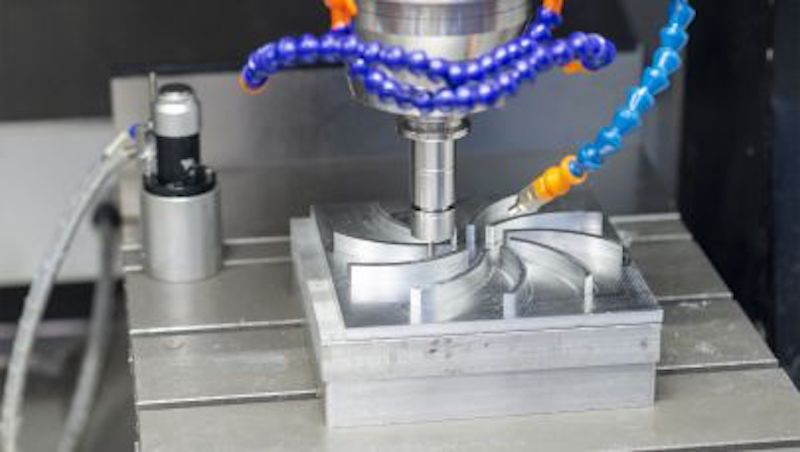The industry is in a state of constant evolution and the need for robots is gradually increasing day by day.
Now, before you start thinking about the Terminator 2 scenario, you need to realize that it is no longer some distant future. It is our reality. And they are not here to bring us the Judgment Day, they are here to help our industry grow.
Robots are everywhere today and their production costs less compared to manual labor. So making sure that robots remain operational and that you have effective servicing covered is beneficial for the robotics industry.
CNC machining is used in the robotics industry to create robots and parts for robots. With CNC machining, a machine can create a 3D model of a part or product. The machine then uses computer-controlled tools to cut and shape the material into the final product.
CNC machining is precise and efficient, making it perfect for creating robot parts. It is also relatively fast, making it possible to create large numbers of parts in a short amount of time.
What are the benefits of CNC machining in robotics?
CNC machining is a technology that has been around for decades, but its use in robotics is relatively new. The main benefit of CNC machining in robotics is the ability to create highly precise robot parts in a short span of time.
This is important for two reasons: first, it allows for the creation of parts that fit together perfectly, which is critical for the proper functioning of a robot; and second, it ensures that each robot is exactly the same as the last, which is important for mass production.
Material compatibility is another benefit. Robot parts may require strong and durable materials and CNC machines can work with all sorts of metals and plastics.
Robotic parts often need to be strong, tough, and lightweight. Materials such as aluminium have ideal characteristics for this. It’s fairly easy to machine in a CNC machining process. Similarly, a material like POM (originally called Delrin) is often used for robotic parts because it has low friction, high stiffness, and exceptional dimensional stability. It’s also very economical due to it being a low-cost plastic.





